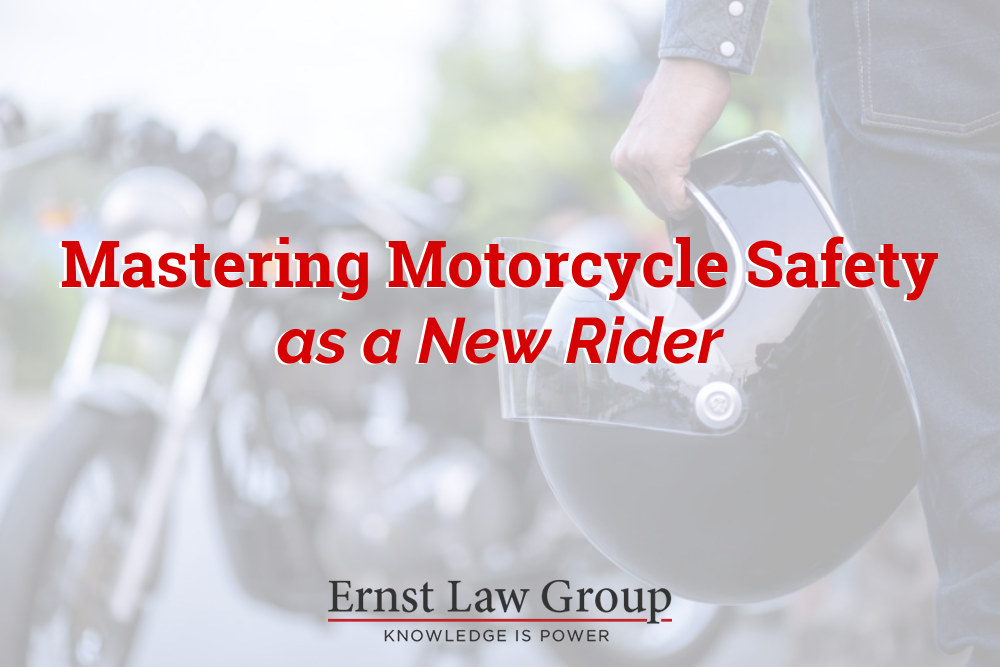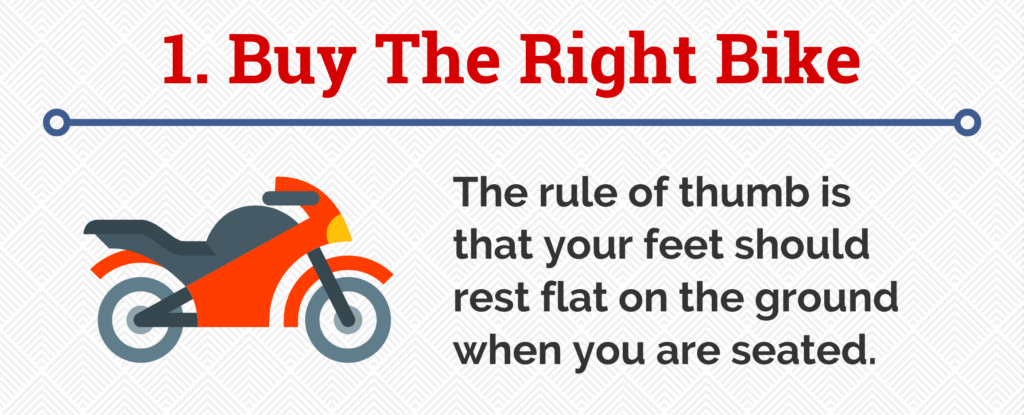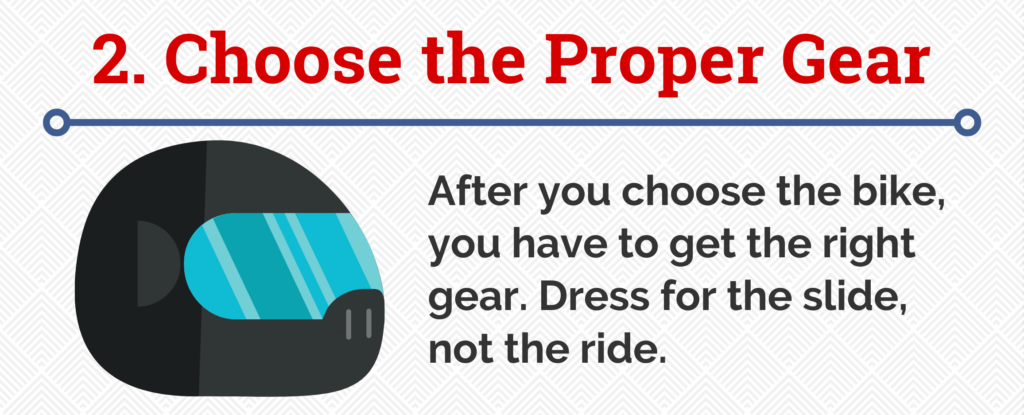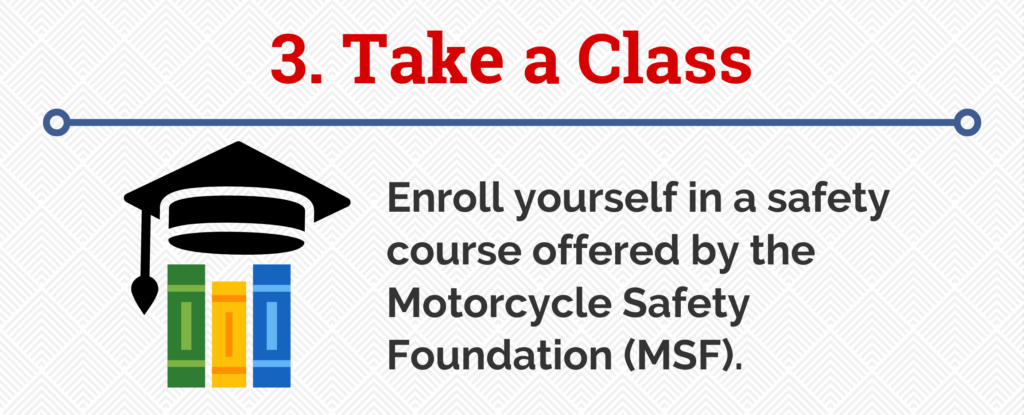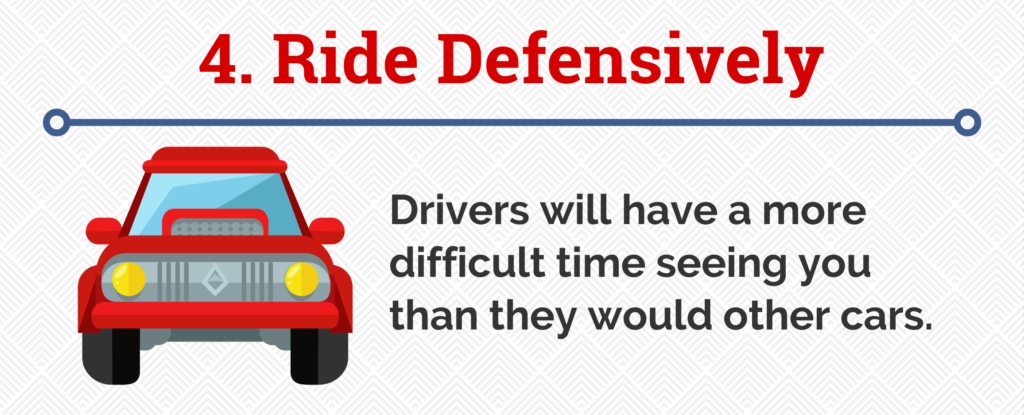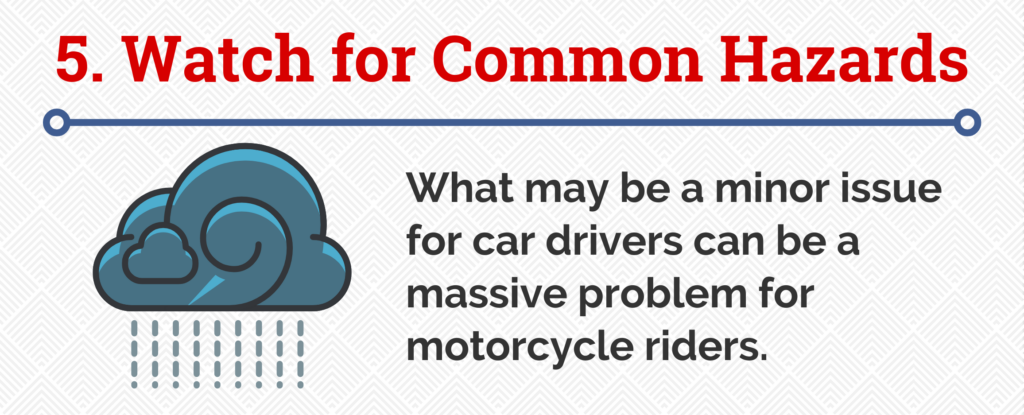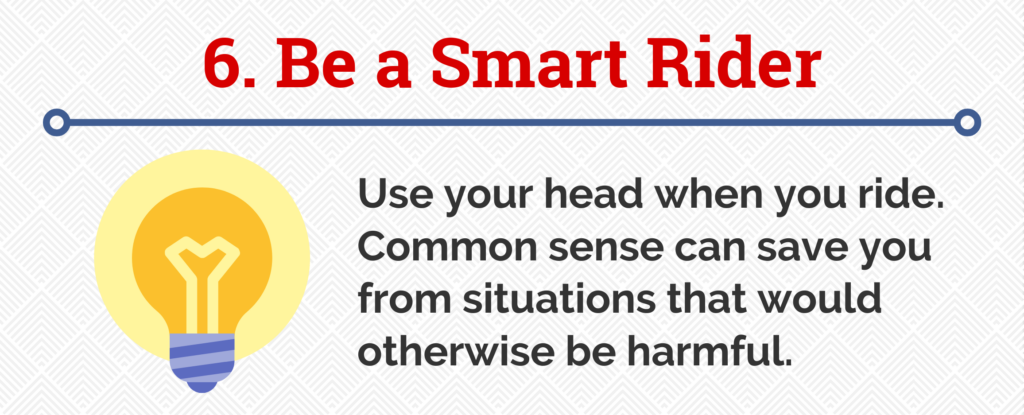It’s hard to argue that riding a motorcycle can be exciting. The feeling of the open road, the wind whipping past your body and the power of the machine can all be thrilling. It’s not surprising to experienced riders that riding a motorcycle is becoming more popular every day.
The reality, though, is that the more popular riding becomes, the more novice riders that are on the road. People on a motorcycle are 30 times more likely to die in an accident than passengers in a car.
Anyone who is new to riding a motorcycle should only do so with extreme caution. Driving a motorcycle is not like driving a car, and it certainly isn’t like riding a bike. Taking such a powerful machine down the road comes with a serious responsibility. Here are tips for every motorcycle novice on today’s roadways from our San Luis Obispo personal injury lawyers.
1. Buy The Right Bike
If you go to a dealer to purchase your first motorcycle, they will help you find the right bike for you. If you purchase from a private seller, chances are slim that they will refuse to sell you the bike because it isn’t the right size for your frame. It’s up to you to make sure the bike fits.
Don’t buy a bike that is too heavy for you to maneuver when it isn’t running. Purchase a motorcycle that is easy for you to get on and off of. The rule of thumb is that your feet should rest flat on the ground when you are seated. If you have to reach with your toes to touch the pavement, the motorcycle is too large.
2. Choose the Proper Gear
After you choose the bike, you have to get the right gear. Even though it’s nice and hot in southern California, hopping on a motorcycle in shorts, a T-shirt and sandals is never a good idea. As the old saying goes, “Dress for the slide, not the ride.” That means you should have clothing on that protects you if you fall.
California law requires you to wear a helmet approved by the Department of Transportation. Your best option is a full-face helmet, though you can go with one that just protects your head. After all, you still want your face to look good if you do take a fall — and nearly 50 percent of all motorcycle crashes involve the face.
Other equipment you should have includes:
- A riding jacket, either leather or textile with CE safety-rated armor
- Riding pants made from leather or textile with CE safety-rated armor; NEVER ride in denim
- Non-slip, oil resistant, durable boots that provide ankle support
- Riding gloves made from durable material and CE safety-rated armor
- Full-body riding suits are also available, but may be inconvenient
- If your helmet doesn’t have a faceplate, goggles can protect your eyes from bugs and debris
3. Take a Class
You will need to take a class, or at least a test, before you can get a motorcycle endorsement added to your driver’s license, but it may not be enough. Enroll yourself in a safety course offered by the Motorcycle Safety Foundation (MSF).
These courses will give you a set of skills that can be invaluable as you ride down the highway and around your neighborhood. They can also help you save money on registration, insurance and other fees. Some manufacturers will even offer a discount on a new motorcycle if you’ve taken an approved class.
4. Ride Defensively
When you get your first motorcycle, you may be ready to hit the open road and rip through traffic. This is a bad move. No matter how visible you may try to make yourself, drivers will have a more difficult time seeing you than they would other cars. What’s more, some ill-tempered drivers may go out of their way to interfere with motorcycle riders.
Be a defensive rider. You’ll need to stay more alert than ever, with people using their phones and otherwise being distracted behind the wheel. Don’t tailgate other drivers, and watch out for sudden lane changes and other maneuvers from other drivers.
5. Watch for Common Hazards
What may be a minor issue for car drivers can be a massive problem for motorcycle riders. For instance, a pothole or patch of gravel could be a minor inconvenience for car drivers. But they could cause a serious accident for bikers. If you can’t avoid road hazards, do your best to slow down and use minimal steering input to navigate.
In the same vein, avoid riding in inclement weather if you can. The mountains around San Luis Obispo can cause storms to pop up suddenly, but for the most part, the weather forecast is decently reliable. Rain cause cause the roads to be slick, and other drivers tend to not drive as well in the rain. Stick to sunny, dry roads when you’re riding.
6. Be a Smart Rider
One of the most important pieces of safety gear that you have is already sitting right on top of your shoulders. Use your head when you ride. Common sense can save you from situations that would otherwise be harmful.
Make sure your bike is ready to go and all the systems work properly. Don’t perform maneuvers that are better left to the experienced rider. Remember, you’re a beginner. You don’t know everything about riding a bike, and the best way to learn is to take it slow.
Every rider has to start somewhere. Your somewhere doesn’t have to be on hundreds of miles of highway. Give yourself time to get used to your motorcycle and learn to drive in different weather conditions by practicing slowly and carefully. You have years ahead of you. Take a bit of time now to get some experience so you can enjoy your motorcycle that much more.
Talk to a San Luis Obispo Motorcycle Accident Lawyer Today
Even if you do everything right, you still run the risk of getting in an accident. After all, about 60 percent of all motorcycle accidents are caused by other drivers. If you are injured in a wreck, the San Luis Obispo motorcycle injury attorneys from Ernst Law Group are here to help.
Give us a call at 805-541-0300 or contact us online today for a free, no-obligation consultation. We’re here to fight for your rights.

